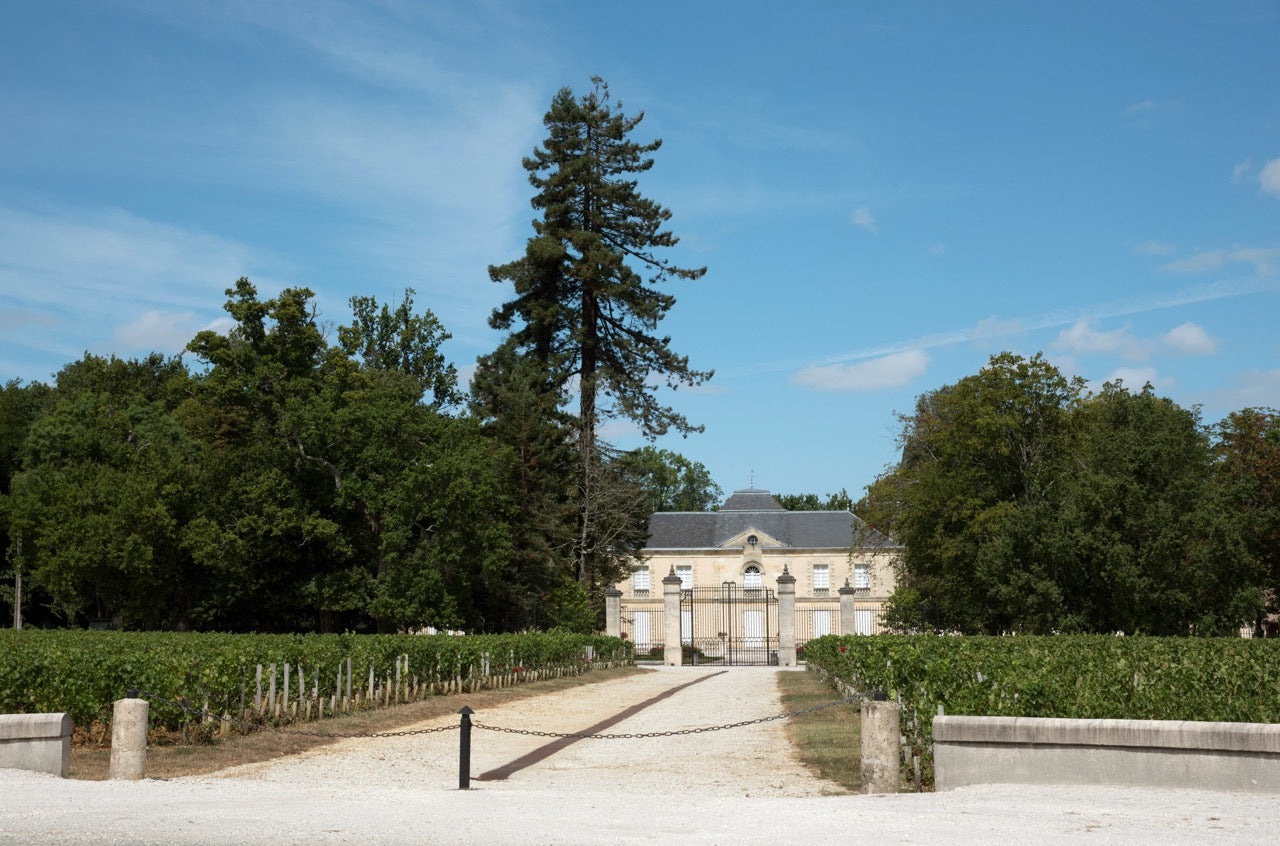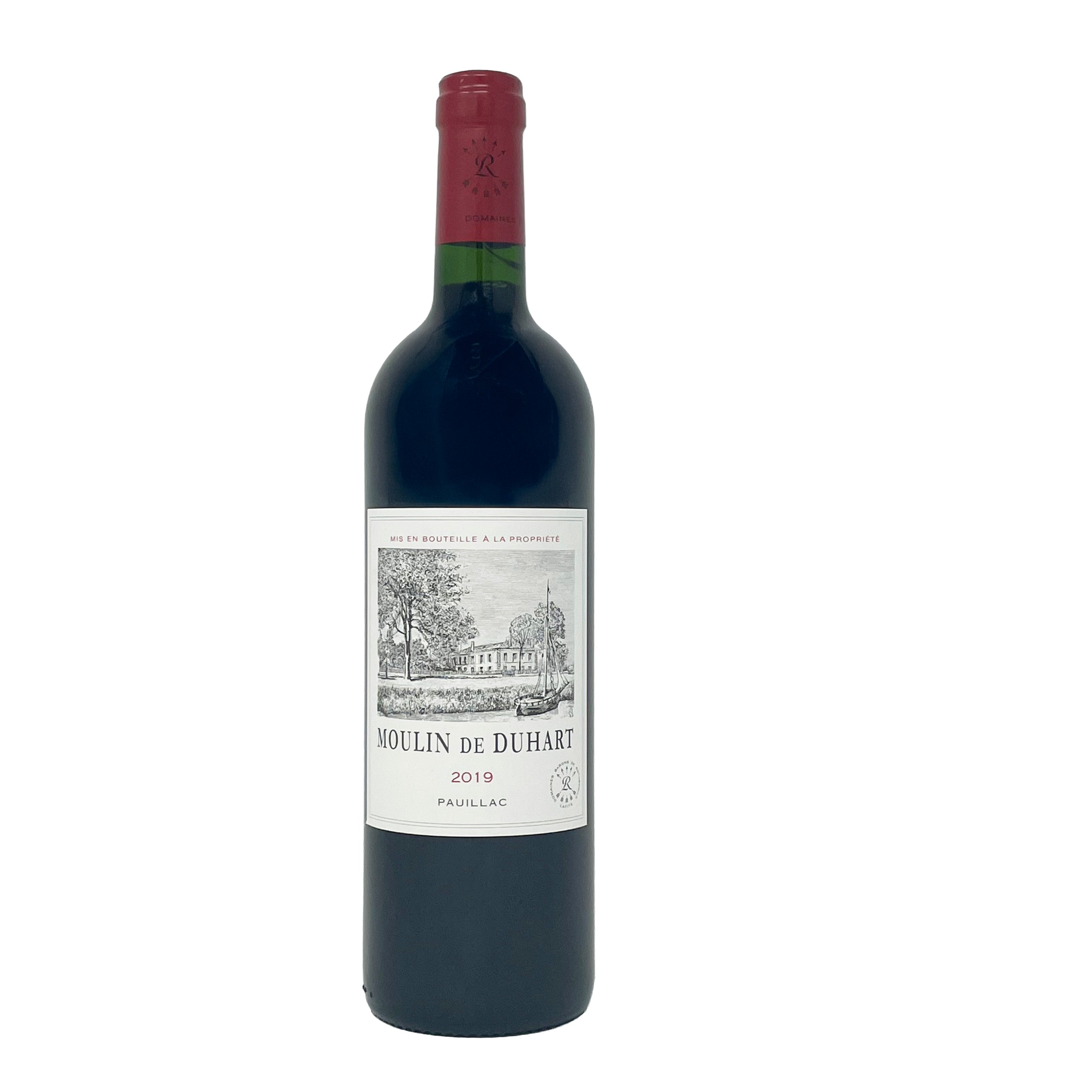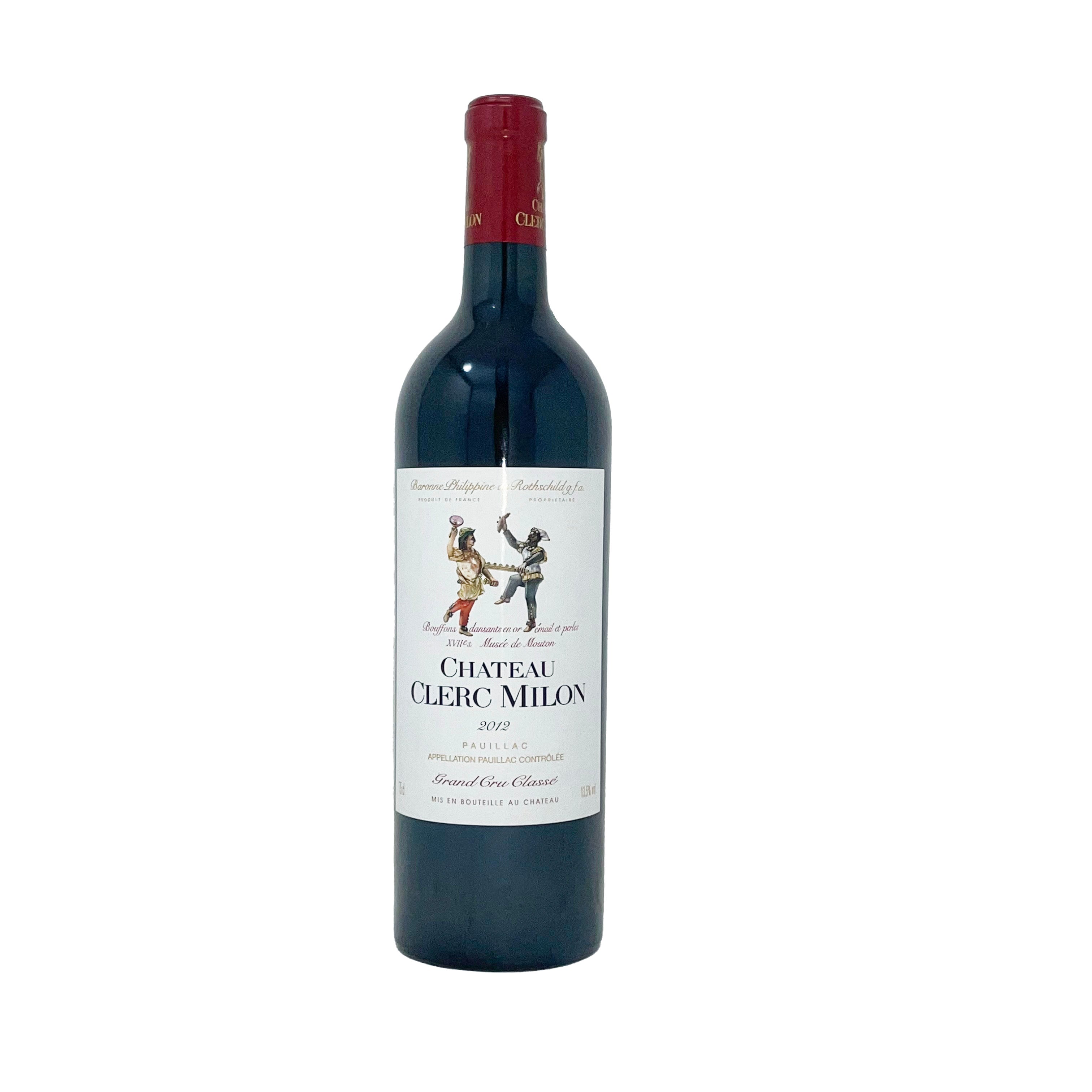
Chateau D'Armailhac Pauillac Rouge 2012
Pauillac | Bordeaux
- Varietal
- Bordeaux Blend
- Region
- France, Bordeaux, Pauillac
- Label ABV
- 13.50%
- Size
- 750 Ml
Description
1680
A local register notes the existence of two brothers, Dominique et Guilhem Armailhacq, who own parcels of land in Pauillac.
Another register mentions in 1750 a certain Dominique Armailhac, who has “planted with vines” the family estate, taking advantage of the “planting frenzy” then sweeping through the Médoc. The vines covered 15 to 16 hectares (37-39 acres).
In the late 18th century, the vineyard, generally called Mouton d’Armailhacq, spans some 52 hectares (128 acres) between Brane-Mouton in the north and Pibran in the south.
1831
The use of techniques such as topping-up, running-off, barrel disinfection and fining greatly improves the quality of Mouton d’Armailhacq, to the extent that its wines sell for twice as much as neighbouring wines, even though the latter are more highly reputed. The “first wine”, the only one authorised to bear the growth’s name, is distinguished from the “second wine”, less rich and sold for consumption in local taverns.
1844
The pursuit of quality cripples the château with debt. The owner, Madame Darmailhacq, sells Les Carruades du Pouyalet to Lafite to restore the estate’s finances.
1855
Château Mouton d’Armailhacq is classified as a Fifth Growth in the famous classification drawn up by Bordeaux wine brokers. In Bordeaux in the same year, Armand d’Armailhac publishes a learned treatise on vinegrowing and winemaking in the Médoc.
1878
Comte Adrien de Ferrand, “son-in-law of Armailhacq”, acquires the estate and its 70-hectare (173-acre) vineyard.
1930
The Médoc châteaux are weakened by a whole host of difficulties: mildew, phylloxera, over-production, the after-effects of the First World War… Some are auctioned or sold off cheaply.
1931
The Comte de Ferrand creates a company, the Société Anonyme du Domaine de Mouton d’Armailhacq. The young Baron Philippe de Rothschild becomes a minority shareholder then, in 1933, acquires all the shares in return for a life annuity for the Comte de Ferrand. A year later, on the latter’s death, Baron Philippe becomes the effective owner of the estate. The Mouton d’Armailhacq portfolio includes the Société Vinicole de Pauillac, forerunner of what is now Baron Philippe de Rothschild SA.
1956
A Fifth Growth of acknowledged quality, Mouton d’Armailhacq is renamed Mouton Baron Philippe, then Mouton Baronne Philippe, until the vintage 1988.
1989
Baroness Philippine decides to restore its original identity to Mouton d’Armailhacq, giving it the name Château d’Armailhac.
2021
The 2021 vintage marked the beginning of a new chapter in the history of Château d’Armailhac with the construction of a new vat room and barrel hall. « We have given the Château d’Armailhac state-of-the-art facilities consistent with our vision of its future. We are very pleased with the way this first stage has turned out and look forward to sharing the next instalment in the story with you.» Philippe Sereys de Rothschild, Chairman and CEO of Baron Philippe de Rothschild SA and co-owner of Château d’Armailhac
WARNING: Proposition 65 & Disclaimers
WARNING: Drinking distilled spirits, beer, coolers, wine and other alcoholic beverages may increase cancer risk, and, during pregnancy, can cause birth defects.For more information go to www.P65Warnings.ca.gov/alcohol.
Content Disclaimer: We rely on product packaging and data from third-party sources to provide the content to you, including dietary and allergen content. We do not guarantee the accuracy, completeness, or availability of such information. Content is for general informational purposes only. You should not rely solely on the information displayed on our website. Actual product may vary. Always read labels, warnings, and directions prior to use or consumption. If you have questions or require more information about a product, please contact the manufacturer directly.

How does this taste?
Similar tasting products

Pauillac



